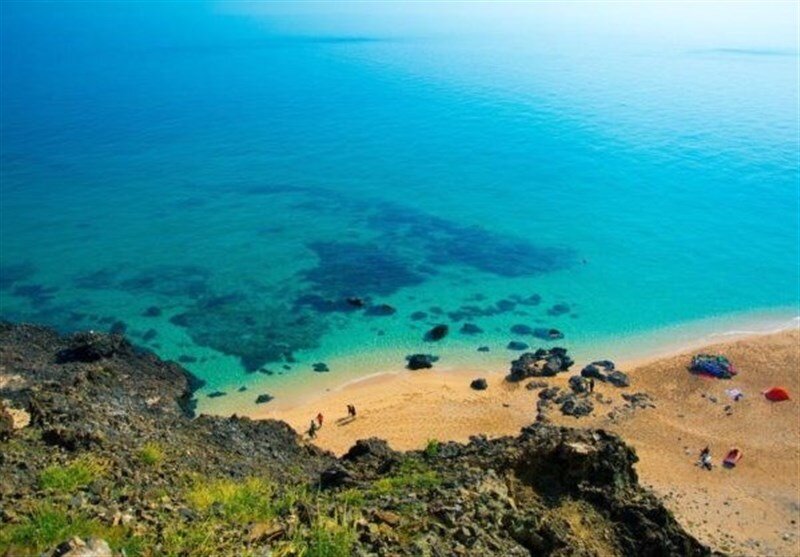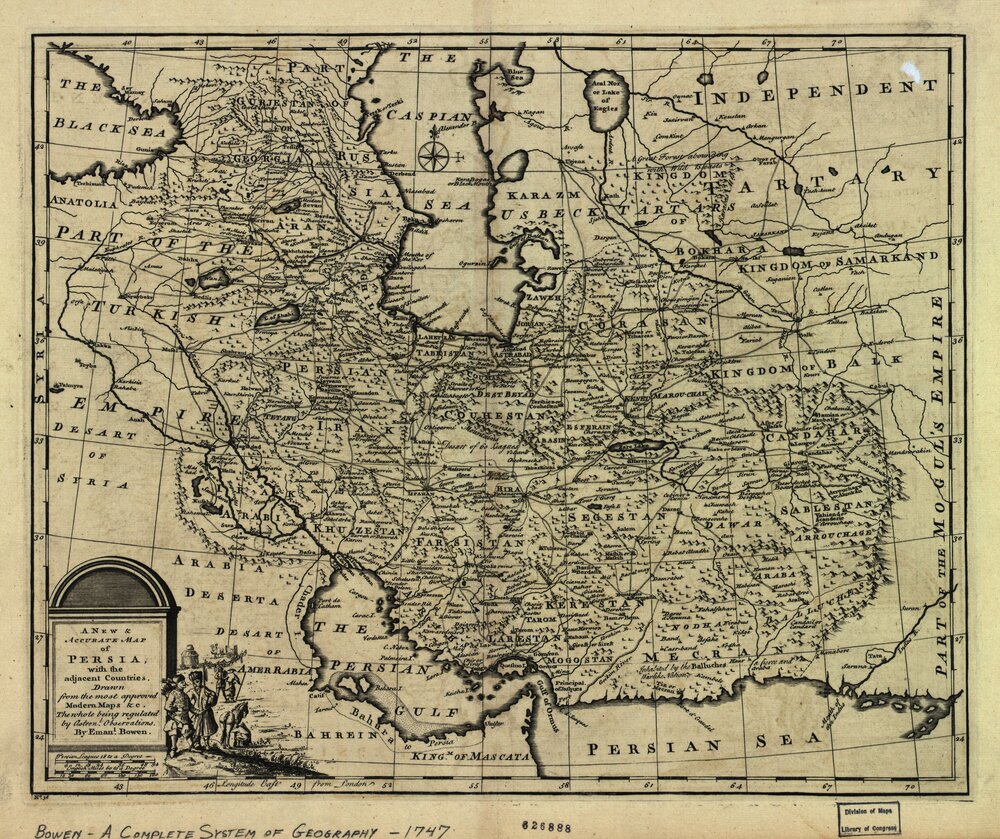Persian Gulf: From rich history to security depth
Rokna:Iran is celebrating the Persian Gulf National Day, which marks the anniversary of the expulsion of colonial and foreign forces from the strategic water body in 1622.

The 10th day of Ordibehesht – the second month on the Iranian calendar, which fell on April 30 this year – has been designated as the Persian Gulf National Day to commemorate not only the historical victory of the Iranian forces against the trespassers in the southern waters but also to remind all that the true name of the Persian Gulf will remain so forever.
The Persian Gulf has always been a source of pride and honor for Iranians. For thousands of years, the people of Iran have lived alongside the Persian Gulf and have enjoyed its endless benefits.
In addition to having vast resources of energy and economic significance, the Persian Gulf has an ancient and unique history and culture that can be seen in the people who lived by it.
The rare cultural and artistic identity of the neighboring regions of the Persian Gulf is a category that entails a true strive to preserve and promote until it passes on this ancient culture to the next generations.

History
The southern Iranian gulf has been referred by historians and ancient texts as "Persian" since the Achaemenid Empire was established (550 BC) in what is now modern-day Iran.
According to the book “Documents on the Persian Gulf's Name, the Eternal Heritage of Ancient Time,” the term Persian Gulf and its equivalents have been used continuously since earlier than 400 BC in all languages, especially in the Arabic language.
On almost all maps printed before 1960, and in most modern international treaties, documents and maps, this body of water is known by the name "Persian Gulf."
Persia is the historic name for Iran.
However, since the mid-19th century, some Arab-speaking countries, along with their western allies, have been trying to change the historical name of the Persian Gulf in the mass media but Iran has attributed such efforts as politically motivated which will be of no avail.

In this regard, back in 2006, Iran designated the Tenth of Ordibehesht as the Persian Gulf National Day, to remind them all that the name of the water body will remain Persian forever.
The date designated as the national day coincides with the anniversary of Abbas I of Persia's successful military campaign when the Portuguese navy was driven out of the Strait of Hormuz in the Capture of Ormuz.
In the Persia–Portugal war in 1602, by the order of Abbas I, the Persian army under the command of Imam-Quli Khan, managed to expel the Portuguese from Bahrain. In 1612, the Portuguese Empire took the city of Gamrun and transliterated the name to Comorao. Almost two years later (in 1615), the city was taken by Abbas the Great after a naval battle with the Portuguese and renamed it Bandar-e ‘Abbas, or "Port of ‘Abbas".
In 1622, Abbas completely retook Hormuz from the Portuguese in the Capture of Ormuz.

Geopolitics
The Persian Gulf has been in the spotlight for its geopolitical significance for a long time.
Spanning some 250,000 square kilometers, the Persian Gulf is bounded by the Arvand River in the north, which forms the frontier between Iran and Iraq, and the Strait of Hormuz in the south, which links the Persian Gulf to the Sea of Oman and the Indian Ocean.
It shares boundaries with littoral states Iran (Persia), Oman, Iraq, Kuwait, Saudi Arabia, Bahrain, Qatar, the United Arab Emirates. The Strait of Hormuz connects the Persian Gulf to the Gulf of Oman.
Connecting the Middle East to Africa, India and China, the Persian Gulf is one of the most important waterways and strategic areas in the world.
The Middle East’s first discovery of oil in the Iranian city of Masjed Soleiman in the early 19th century increased the geopolitical weight of the Persian Gulf region, and consequently, the start of a wave of explorations, extractions and exploitations changed the region's – and the world's – history.
The Persian Gulf is now considered the energy hub of the world. Close to 20 million barrels of crude and condensates are shipped from the Persian Gulf and through the strategic Strait of Hormuz per day. With the normal global oil consumption amounting to about 100 million bpd, that means almost a fifth of world demand passes through the strategic strait.

About 50,000 ships navigate through the waterway annually, of which 17,000 are oil tankers that head to Asian countries.
However, the variable geopolitical factors in the Persian Gulf are not merely limited to oil. In fact, different periods of history have laid different impacts on the strategic water body.
The Persian Gulf region has been the scene of severe tensions between the regional and non-regional powers in the past decades.
The several wars between the neighbors in the past decades and the heightened military activities by the regional and non-regional countries, such as the naval drills and the establishment of military bases in the Persian Gulf's Arab states, are among other proofs to the undeniable position of the strategic water body to all.
Experts believe that not maintaining security in the Persian Gulf and the Strait of Hormuz will adversely affect economies throughout the world since they are closely interconnected.Follow the Official Rokna NEWS Telegram Channel For More and fresh NEWS

Send Comments